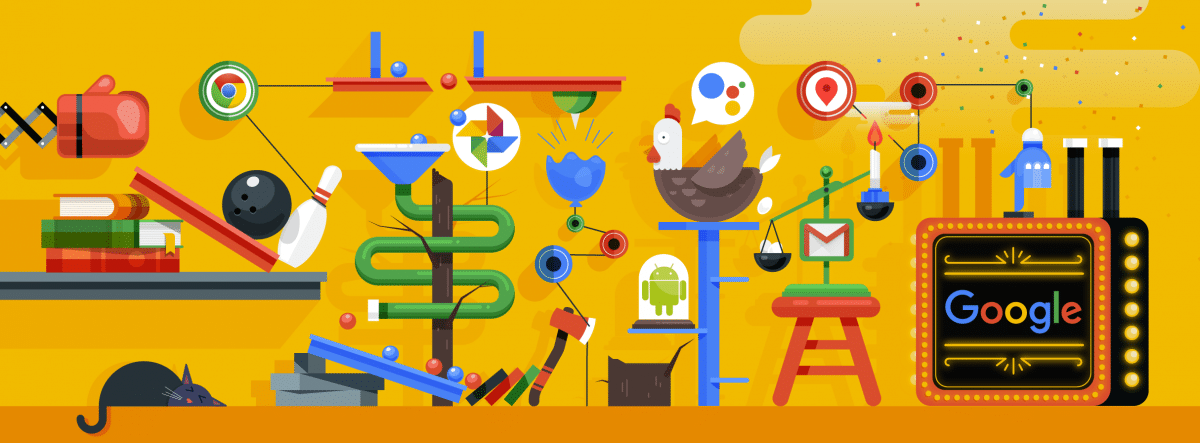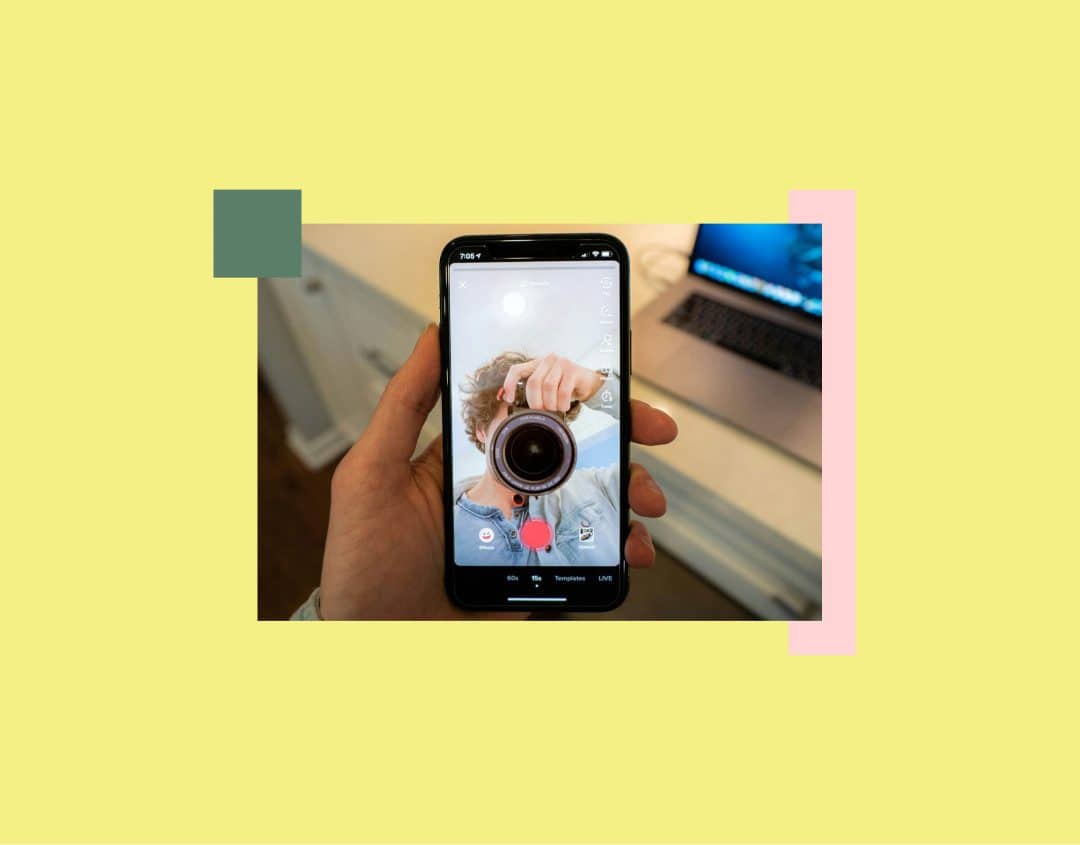
How to Create a Unified Image Across All Social Media Channels
Social media inconsistency can affect branding negatively in several ways, that’s why a unified image across all social media channels is essential for your brand. First of all, brands can create a lot of confusion by not being consistent on each channel they communicate. Posting messages irregularly and switching topics with each new update are actions that will lower the audience’s interest.
Secondly, brands might lack consistency across the communication channels they use, leading people to believe that each account belongs to a different brand. That’s why you need to acknowledge the benefits of a unified image, along with what people expect on each platform, you can reduce the fragmentation of your audience.
What Is a Unified Image Across Social Media?
In order to be perceived as a single brand across multiple platform, your business should mind the branding elements collectively known as a corporate identity. This starts with the tone and voice you adopt in your messages when communicating with your audience. Next are the elements making your brand’s visual identity, the logo, corporate title and visuals you include on your website and share in your updates. All of these elements help your brand differentiate from the competition, make it more relevant, more esteemed and more coherent.
Benefits of a Unified Image
One of the benefits with an immediate effect is the reduced workload you’ll encounter when maintaining a brand presence. Obviously, that doesn’t imply that updates from one social network need to be copy-pasted into another. Instead, you as a Social Media Manager will not spend time on trying to create a different identity on each channel.
As a consequence of coordinated activities, the costs of social media marketing will drop considerably. The reason for that is that reaching fragmented audiences often implies higher costs that prove hard to justify. The amount of reduced cost depends on several factors and where you are standing right now with your unified image across the channels you use.
What would happen if a brand adopted an entirely different tone of voice for each of its products on each social network? There would be no connection between the different sides of the business and the brand would lose parts of its credibility. Posing as a unified brand will increase the strength of your message.
Since a fragmented communication strategy is more likely to lead to a fragmented audience, the opposite is also possible. If the people following your brand on Twitter are different from your Facebook fans, creating a unified image could help bring the two groups together. On top of that, customers might also display greater loyalty towards brands with consistent overall communication.
Expecting each department to have the expertise and ability to manage different brands is completely unrealistic. In contrast, a unified image covers the entire company and enables all departments to benefit from this strategic and marketing experience.
A unified identity and targeted messaging will ultimately help your brand create more effective media relations. In turn, these will contribute to your brand’s reach and can lead to an increase of engagement.
5 Ways to Create a Unified Image
Building a unified image across social media channels should start with defining your brand’s focus. In short, all communication should be in line with the company’s mission, vision and values. By making this correlation, you ensure that the brand’s focus is not only acknowledged by the audience but also reinforced continuously.
Google, one of the largest tech companies out there, has mastered brand consistency across the multiple social media channels it communicates on. Upon visiting the social media profiles of the brand, you can notice right away that the handle, logo and the featured image are the same. As a cover image, you can repeatedly find colorful animations that subtly show various Google products.

The Mountain View company does a really great job with their corporate identity, interweaving elements of their digital products with scenes from analog life. We’ve collected best practices on how Google appears consistently across all platforms.
1. Facebook – Product Details Set the Scene
You are currently viewing a placeholder content from Facebook. To access the actual content, click the button below. Please note that doing so will share data with third-party providers.
More InformationGoogle has published a video on Facebook for the presentation of the latest Pixel smartphones. The text mentions product features that underline the high quality. The call-to-action leads to a registration for an event.
Google thus manages to arouse interest in the smartphones without going into technical details. This is not a bad strategy to get Facebook users thinking about whether it is time for a new smartphone. Enthusiastic Google fans, on the other hand, will find all the important information on the event page.
2. Instagram – Focusing on the Aesthetics
On Instagram, Google publishes a visually very similar video. However, the aesthetics and the sound are fundamentally different. Google clearly focuses on the design here, and the cuts are faster and more artistic. At first glance, you can see that the same event is being promoted as on Facebook, but the video is clearly tailored to Instagram.
3. Twitter – Differentiating Information Clearly
Sleek, smooth, and sophisticated. 📱
— Made By Google (@madebygoogle) September 27, 2022
The most refined design yet, #Pixel7 Pro is crafted with polished aluminum in three modern, elegant colors—Obsidian, Snow, and Hazel.
Join us live for #MadeByGoogle on October 6th at 10am ET. Sign up for updates: https://t.co/D88Dx4cfBC pic.twitter.com/D76bt9CwEl
Google is very active on Twitter. In order not to overwhelm the target group with too many updates, there are different accounts like GoogleTrends, Google Developers or Made By Google. The latter shared the information about the smartphone launch event. In addition, the tweet is pinned at the top of the account because it is currently the most important topic for this area of Google.
4. TikTok – Subtle Product Placement
@google Your pet’s doppelgänger is in the Google Arts & Culture app. Thanks to the Virginia Museum of Fine Arts for this match 🐶 #DogsOfTikTok #Art #PetPortrait ♬ Trap, hip hop, dark beat ♪(963369) – Ninja_Muzik_Tokyo
You know that TikTok works differently than all other social media channels. Google has definitely understood that. In this example, you can see the smartphone in action, and the protagonist is a dog. The style is seamlessly adapted to the specifics of TikTok, yet it doesn’t look unserious or could harm the brand image. Instead of pure product advertising, a specific feature is shown that makes you want to try it out.
5. LinkedIn – Focusing on Business Use Cases
You are currently viewing a placeholder content from LinkedIn. To access the actual content, click the button below. Please note that doing so will share data with third-party providers.
More InformationOn LinkedIn, everything revolves around professional matters. Google therefore strongly adapts its content to recruiting topics. However, there is also room for products that make daily work easier, such as a video conferencing device. You notice that the animations and product shots show a similar aesthetic as the other examples. At the same time, the product has greater need for explanation. However, anyone familiar with one of Google’s social media presences will immediately recognize the sender when watching this video.
Final Thoughts on Unified Images Across Social Media Channels
Ultimately, it all comes down to the user experience and your brand’s ability to engage with the fans and followers. Being able to create a unified image will enable you to build a community out of your audience, rather than having disparate groups of customers. Follow the above tips and look for other examples, as each brand takes a unique approach to its social media strategy. Always keep in mind that consistency is essential to having a unified image across social media channels.
Being consistent is easier when you manage all your social media posts centrally. Swat.io makes it possible! Experience in a free trial how you can optimize your marketing with our social media tool.
 Published: 21. March 2017
Published: 21. March 2017  Updated: 17. November 2022
Updated: 17. November 2022 








